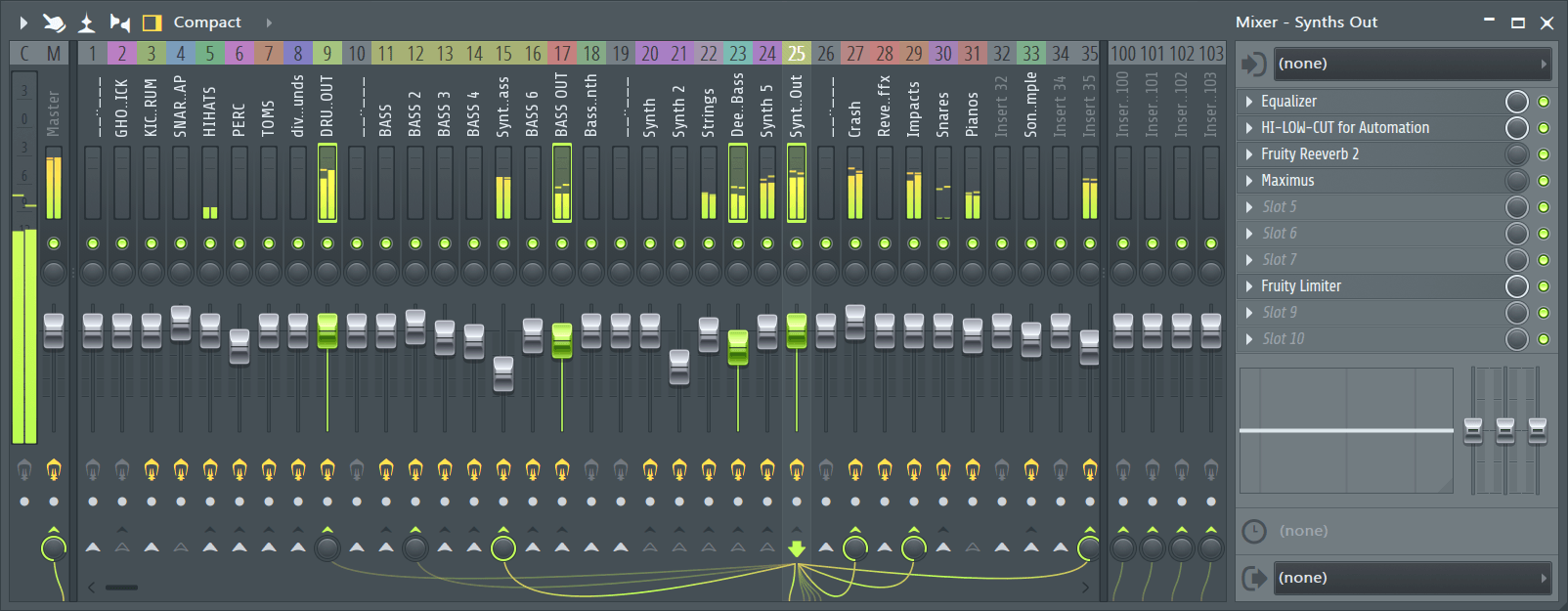
They also aim to make your entire project compete with (and hopefully trounce) similar material by established artists in the genre. Their goal is often translational and relational: they want to make each song fit with every other song in the project. This doesn’t mean simply slapping an EQ, a compressor, and a limiter across a stereo track and making it as loud as possible–though mastering engineers do use these three tools. Mastering engineers predominantly work with a single stereo track (before sequencing and metadata tagging), and they do everything in their power to make this track shine on every conceivable playback system. They are the QC-the quality control-and their job boils down to tasks best delineated in contrast to mix engineers.Ī mixing engineer balances ten, twenty, or upwards of a hundred tracks into a single song, one that sounds great in their studio. You give them three to 200 tracks of material, and they give you a cohesive song.Ī mastering engineer is your last line of defense before your song, single, EP, album, or mixtape hits the world. This transitions us to a mix engineer’s second function: to serve the emotional impact of the song-to bring it to life. They add all sorts of crazy effects when necessary-reverb, delay, modulation, pitch fx, anything that serves the material. They compress individual tracks to reign them in, or to punch them up. Mix engineers EQ instruments to shine over other instruments, or to fit into the right context. In some cases, they might even layer drum hits with samples from outside the session or mute redundant instrument parts. With tools like EQ, compression, panning, and reverb at their disposal, mix engineers reduce clashes between instruments, tighten grooves, and emphasize important song elements.

It’s their job to balance all the tracks and do whatever it takes to make them feel like a solid, cohesive song. This is where the mixing engineer comes in.

You laid down some rhythm parts, you made some music, and you sang a few choice words: you (or your band) produced an arrangement, and now it’s time to make that arrangement feel like a song, rather than a loose affiliation of parts and tracks.


 0 kommentar(er)
0 kommentar(er)
